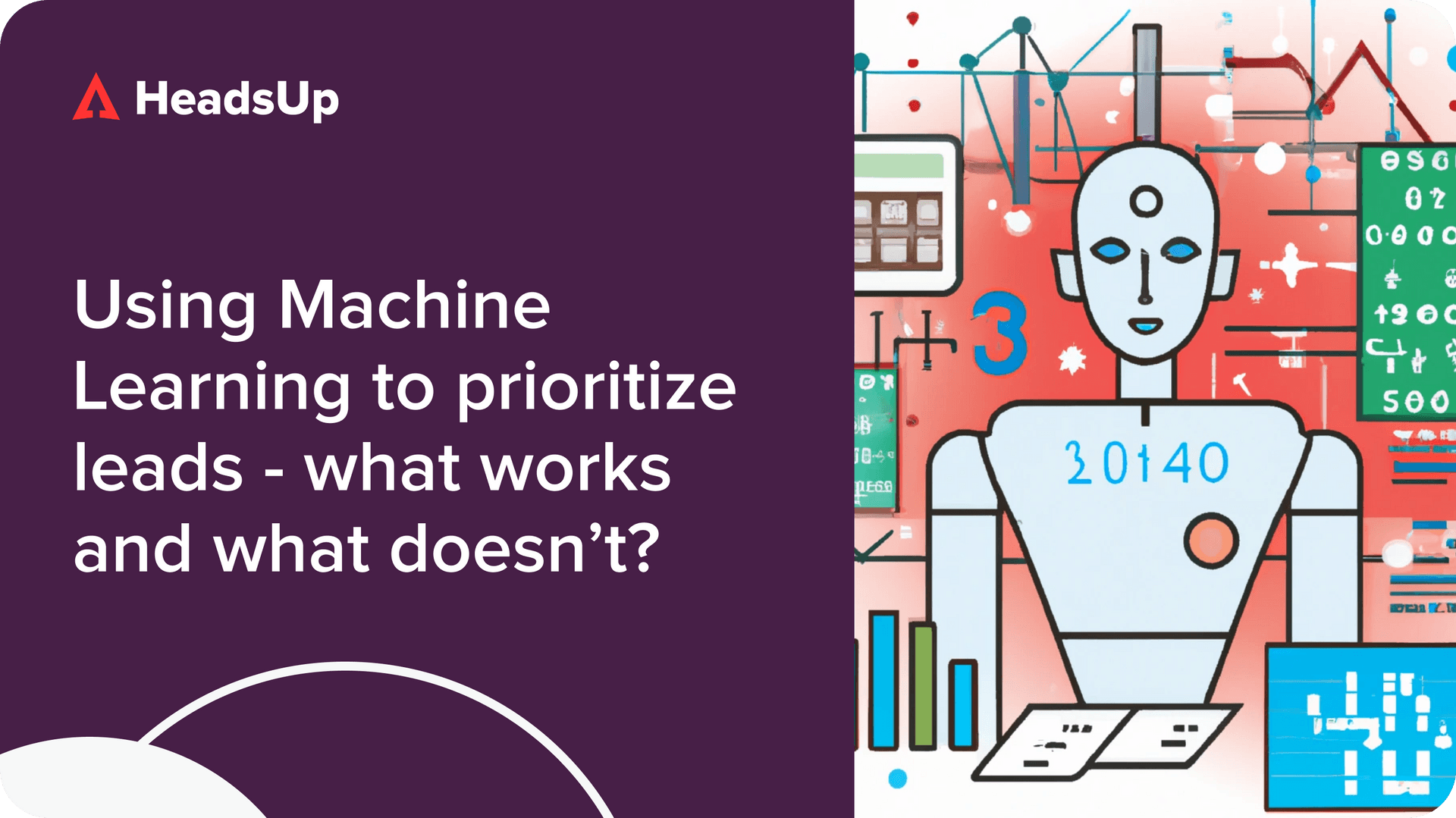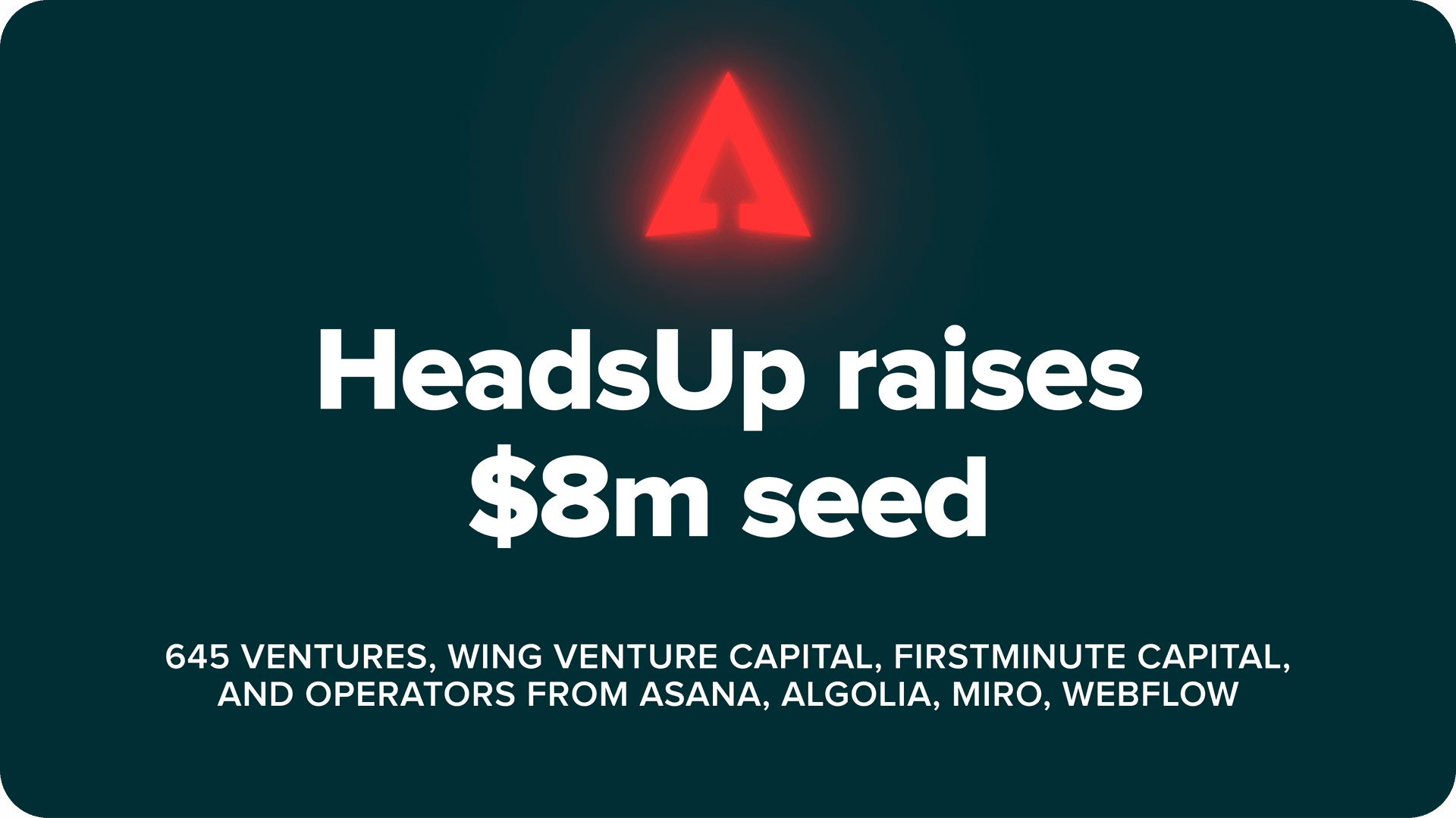When Georgios Gatos joined time-tracking platform Toggl as its first Chief Revenue Officer, the company already had millions of registered users
In fact, Toggl’s free user acquisition flow was doing so well that its exploding top-of-funnel numbers soon became somewhat of a vanity metric.
After a certain point, it doesn’t matter how many users you’re bringing in. If you bring in a million, that’s great, and even better if you bring in two. But then the question arises – are they the right users?
Georgios Gatos, Chief Revenue Officer, Toggl
Georgios’ central mandate was to figure out how to leverage Toggl’s strong free user acquisition engine to drive maximum impact on revenue.
In a recent interview on the Product Led Sales podcast, Georgios shared why Toggl’s freemium engine works so well with acquiring and retaining users, and one initiative he used to radically increase paid conversion.
Read on to learn how you could do the same for your PLG company.
Why Toggl has no usage limits in its free tier
Toggl has a highly generous free tier with virtually no usage limits.
It’s free tool offers unlimited time tracking across any number of projects, clients, task types, and provides the capability to export and import timesheets.
The commitment to providing such functionality for free is built on a strong internal vision that Toggl should help as many people as possible get into the regular habit of tracking time by removing the friction that comes with an excel timesheet or a notepad.
Toggl monetizes usage of its tool only when users require features that clearly translate to revenue for their businesses, such as marking billable time, or managing labor costs and billable rates.
For most of Toggl’s customers, paying for these premium features makes total sense. Georgios notes, “for our larger customers, it’s not just a few dollars, but tens of thousands of dollars being recovered because of this feature. And so 20 dollars per month per person is pretty good value for that.”
Does Toggl leave free users too comfortable?
But the generous functionality offered by Toggl’s free product cuts both ways.
While it drives strong acquisition and retentive use, it in some ways also acts as a blocker in the customer journey.
“We need to create a funnel where it totally makes sense for you to grow from plan to plan, and not be too comfortable,” Georgios says. “I sense that in some cases, we allow you to stay in our free plan for a longer time than we should.”
In fact, the minimal limits imposed by the free tier has allowed some business users to sign up for dozens of free accounts with 5 free seats each, as a way of getting around the need to pay for Toggl’s starter tier.
Georgios wanted to change things up a little. “One of the things I wanted to do is limit even more what you can do, or how long you can do it for. But people were skeptical. If you increase limits, users are just going to use a second email to create a new workspace. And that’s not the point, right? It’s not going to give us the kind of growth we want.”
The bottom line is, let’s not limit people, let’s not punish them in terms of how much time they track, or how many projects they create. Because if they do all these things, they will see value and then naturally see the need for features offered in our paid plans.
Georgios Gatos, Chief Revenue Officer, Toggl
The controversial experiment that doubled paid conversion
So Georgios came up with another idea. Instead of trying to drive upgrades by limiting what free users could do, why not entice them with what more they could have?
Some PLG companies run experiments to figure out if a free trial or free tier works better.
Georgios thought – why can’t we have all users experience both?
This initiative ended up doubling Toggl’s revenue from its premium plan.
Toggl’s mandatory free trial
Georgios wanted to make trying Toggl’s premium plan mandatory for all free users, from day one.
This idea grew from two observations. First, a small segment of free users were already converting at a high rate to paid plans after voluntarily signing up for a 30-day free trial of premium. Second, in many conversations with prospective premium customers, Georgios was hearing feedback that Toggl “didn’t have some simple features we need for our business like the ability to create tasks, so we went to a competitor.” Others said that they “felt bad” using Toggl for business because they didn’t need to pay (!).
Toggl’s prospective customers were comparing Toggl’s free time-tracker not only to other time-trackers, but a broader range of business operations and management tools. And so the free tier, as comprehensive as it was for a time-tracker, often fell short of what customers needed. But because the default flow was into an open-ended, limit-free free product, business users often didn’t have the opportunity to discover all the advanced capabilities that Toggl’s premium tiers had to offer.
The switch turned out to be simple, but powerful. Now, Toggl forces all new users into a free 30-day trial of its premium tier – before downgrading users by default back to free in month 2.
This way, customers looking for a solution for their business’s time tracking and planning needs were able to see clearly how Toggl could meet a wide range of their operational requirements first.
The team saw the volume of premium plan sales and accompanying revenue double after making the switch.
Will this work for your PLG company?
What kind of freemium tool could this tactic potentially work for?
Georgios suggests that most PLG SaaS companies should definitely try it out.
The one significant exception to this may be products where a pay-per-use model aligns more to the value derived from usage. For example, a cloud storage product where you could charge for x incremental gigabytes of storage, or a messaging tool like Slack where you could charge for a certain number of messages.
That wasn’t the case with Toggl, where it didn’t make sense to limit the amount of time users could track – the point was for users to be able to track all their time, and build useful cost-saving or revenue generating activities with that time-tracking data with Toggl’s premium features, rather than force users to pay to track more hours a week. Does the same apply to your PLG company?
If you’re considering iterating on your free trial or freemium mechanics, here’s another perspective by PLG expert Chang Chen, Head of Growth and Marketing at Otter.ai.
Get more insights from leading PLG founders and operators on the Product Led Sales blog.

